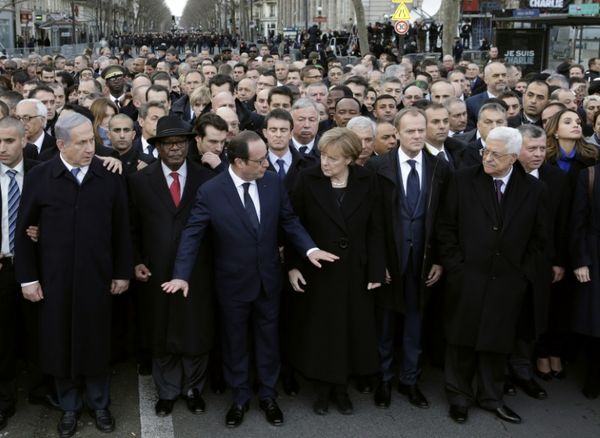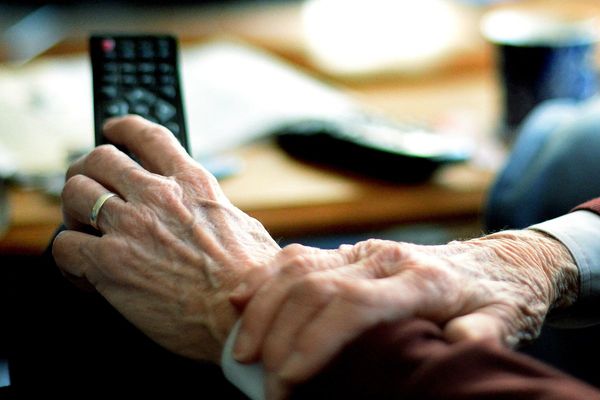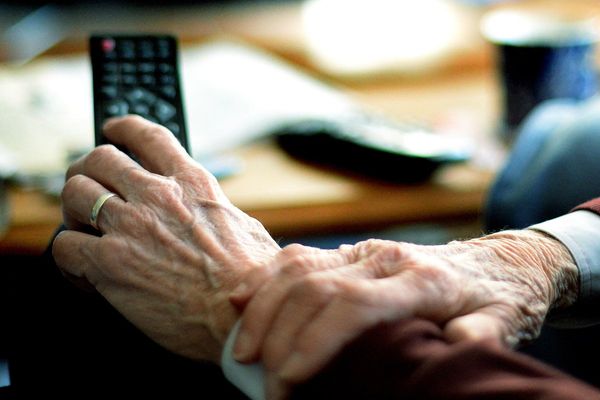A British-era bungalow on a hillock that used to be the 17th century military office of the Ahom rulers has been converted into a heritage centre depicting life along the Brahmaputra River.
Vice-President Venkaiah Naidu on October 3 inaugurated the Mahabahu Brahmaputra River Heritage Centre on Guwahati’s Barphukanar Tila, meaning Barphukan’s Hillock. A Scottish-type wooden bungalow standing since 1850 was renovated and converted into the heritage centre.
Barpukhan was a post equivalent to Governor General created by Ahom king Pratap Simha or Susengpha (1603-1641). The hillock by the Brahmaputra, mentioned in ancient scriptures as Mandrachal, was from where Ahom General Lachit Barpukhan launched the Battle of Saraighat in March 1671 to inflict the most crushing defeat on the Mughals.
Saraighat is regarded as the “greatest naval battle ever fought in a river”.
Captain Archibald Bogle, posted as the Assistant Commissioner and Collector of Kamrup district in the 1850s, had the bungalow built. Post-Independence, it continued to be the Deputy Commissioner’s Bungalow until 2011.
“Standing as a grand tribute to the majestic river and capturing its significance to the region, the Brahmaputra River Heritage Centre has been set up in a nearly 150-year-old bungalow after an elaborate restoration,” Mr. Naidu said.
He called for a national campaign for rejuvenating Indian rivers and the inclusion of lessons on water conservation in the school curricula.
Appreciating the Brahmaputra Heritage centre, the Vice-President said other cultural places too should create green and healthy spaces for people.
The centre has on display the history of the Battle of Saraighat, the heritage of Assamese war boats, an amphitheatre, an exhibition space, a cafeteria and two viewing decks. The other attractions include a collection of traditional fishing equipment, photographs and artefacts related to the history of Guwahati and river transport, installations depicting the textile designs, ethnic motifs and indigenous musical instruments of communities inhabiting the banks of the Brahmaputra.







